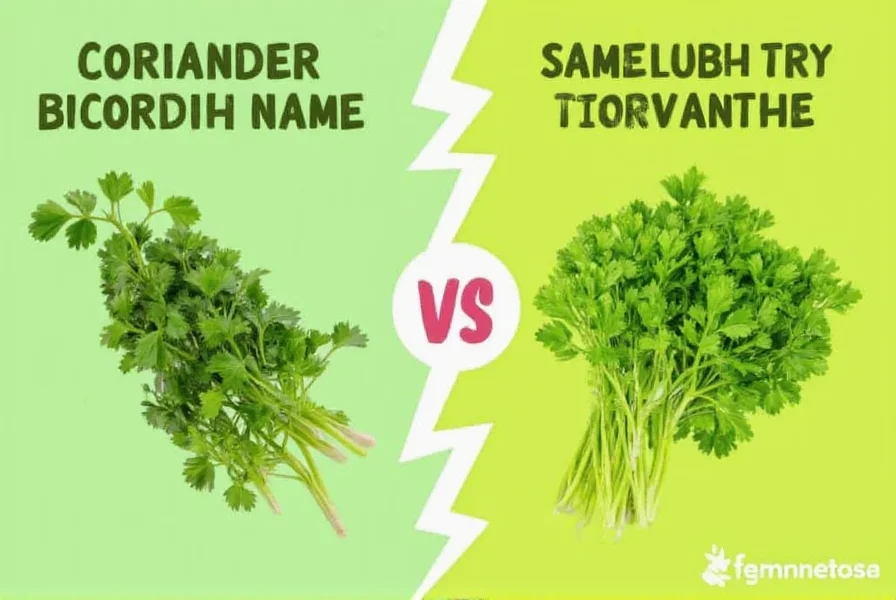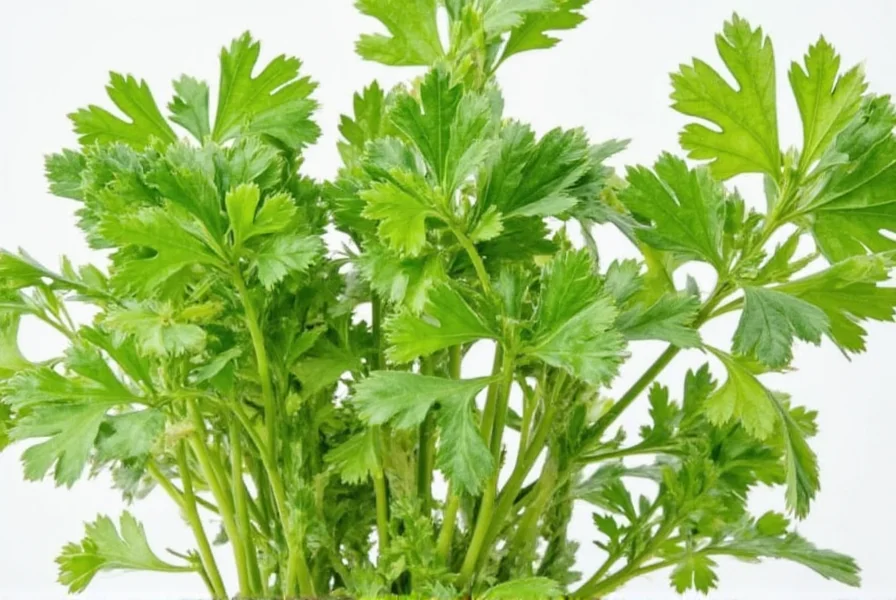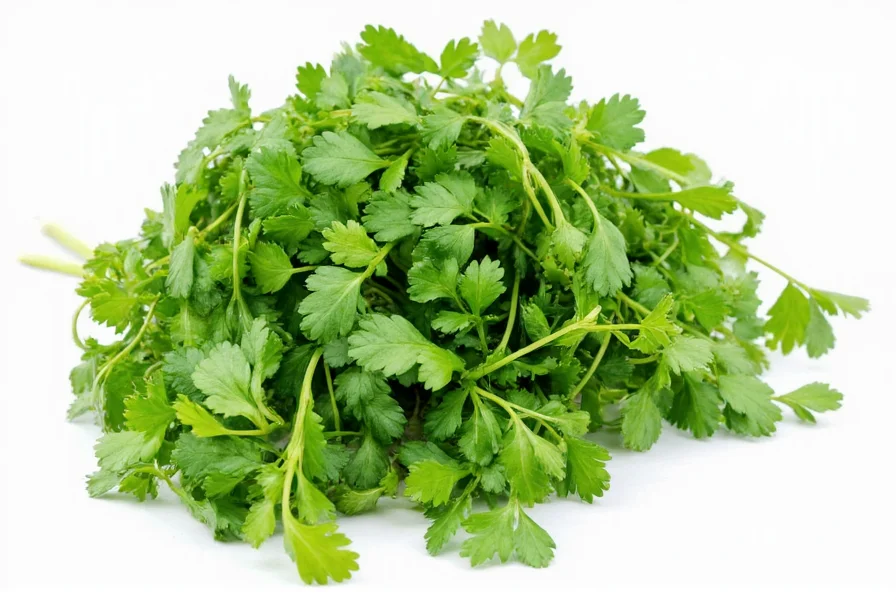Understanding the coriander definition requires recognizing its dual identity in culinary contexts. This annual herb from the Apiaceae family grows up to two feet tall with lacy leaves and small white or pink flowers. The complete coriander plant definition encompasses both the fresh herb (cilantro) and the mature seed form, though regional terminology varies significantly.
Terminology Clarification: Coriander vs Cilantro
The confusion around coriander definition primarily stems from regional language differences. In the United States and Canada, "coriander" typically refers only to the dried seeds, while the fresh leaves are called "cilantro." However, in the United Kingdom, Australia, India, and most Commonwealth countries, "coriander" describes both the leaves and seeds. This linguistic distinction explains why many recipes specify "fresh coriander" or "coriander seeds" for clarity.

Botanical Characteristics
Scientifically classified as Coriandrum sativum, this herb completes its life cycle within one growing season. The plant features:
- Delicate, lacy green leaves growing in the early stage
- Small white or pink flowers appearing in clusters
- Spherical seeds that turn beige when mature
- A taproot system that anchors the plant
Parts of the Coriander Plant and Their Uses
Each component of the coriander herb definition serves distinct culinary purposes:
| Plant Part | Common Name | Culinary Applications |
|---|---|---|
| Fresh leaves | Cilantro (US) / Coriander (UK) | Salsas, chutneys, garnishes, Southeast Asian dishes |
| Dried seeds | Coriander seeds | Curry powders, pickling spices, baked goods, Middle Eastern cuisine |
| Stems | Coriander stems | Flavor base for soups, stews, and sauces |
| Roots | Coriander roots | Thai curry pastes, marinades |
Nutritional Profile of Coriander
Both forms of coriander offer nutritional benefits, though the fresh coriander definition relates specifically to the leafy portion. Per 100g serving:
- Leaves: Rich in vitamins A, C, and K; contains antioxidants like quercetin
- Seeds: Good source of dietary fiber, iron, magnesium, and manganese; contains essential oils with digestive benefits
The coriander seed meaning extends beyond flavor, as traditional medicine systems have used them for centuries to support digestion and reduce inflammation. Modern research continues to investigate these potential health benefits.

Culinary Applications Across Global Cuisines
Understanding the complete coriander definition and uses reveals its versatility:
- Mexican cuisine: Fresh leaves essential in salsas and guacamole
- Indian cooking: Ground seeds form the base of many curry blends
- Middle Eastern dishes: Both leaves and seeds feature in spice mixes like za'atar
- European baking: Seeds flavor rye breads and certain cheeses
Chefs often toast coriander seeds before grinding to enhance their warm, citrusy aroma—a technique that transforms the coriander seed meaning from merely a spice to a flavor catalyst.
Growing Coriander at Home
For those interested in the practical coriander plant definition, growing this herb requires:
- Full sun exposure (6+ hours daily)
- Well-draining soil with moderate fertility
- Regular watering without waterlogging
- Cooler temperatures for optimal leaf production
Coriander bolts (goes to seed) quickly in warm weather, which explains why many gardeners plant successive crops for continuous harvest. The entire plant remains useful—from tender leaves to mature seeds.
Common Questions About Coriander
Is coriander the same as cilantro?
Coriander and cilantro come from the same plant (Coriandrum sativum) but refer to different parts. In American English, "cilantro" means the fresh leaves while "coriander" refers to the dried seeds. In British English and many other regions, "coriander" describes both the leaves and seeds.
Can I substitute dried coriander for fresh coriander?
Dried and fresh coriander serve different culinary purposes and aren't direct substitutes. Use dried coriander seeds (ground or whole) for warm, nutty flavors in cooked dishes, while fresh coriander (leaves) provides bright, citrusy notes best added at the end of cooking. For substitution, consider parsley or culantro for fresh coriander, and cumin or caraway for dried coriander seeds.
Why do some people think coriander tastes like soap?
Approximately 21% of the population has a genetic variation that makes them perceive a soapy taste in fresh coriander leaves. This trait relates to olfactory-receptor genes that interpret certain aldehydes in coriander the same way they process soap compounds. The phenomenon doesn't affect perception of coriander seeds.
How should I store fresh coriander to maximize shelf life?
To extend fresh coriander's shelf life, trim the stems and place them in a glass of water like flowers. Cover loosely with a plastic bag and refrigerate, changing the water every two days. Alternatively, wash, dry thoroughly, and store in an airtight container lined with paper towels. Properly stored, fresh coriander lasts 7-10 days.
What's the difference between coriander and culantro?
Though both belong to the Apiaceae family, coriander (Coriandrum sativum) and culantro (Eryngium foetidum) are different plants. Culantro has longer,锯齿状 leaves with a stronger flavor that holds up better in cooking. It's commonly used in Caribbean, Latin American, and Asian cuisines where prolonged cooking would diminish fresh coriander's delicate flavor.











 浙公网安备
33010002000092号
浙公网安备
33010002000092号 浙B2-20120091-4
浙B2-20120091-4